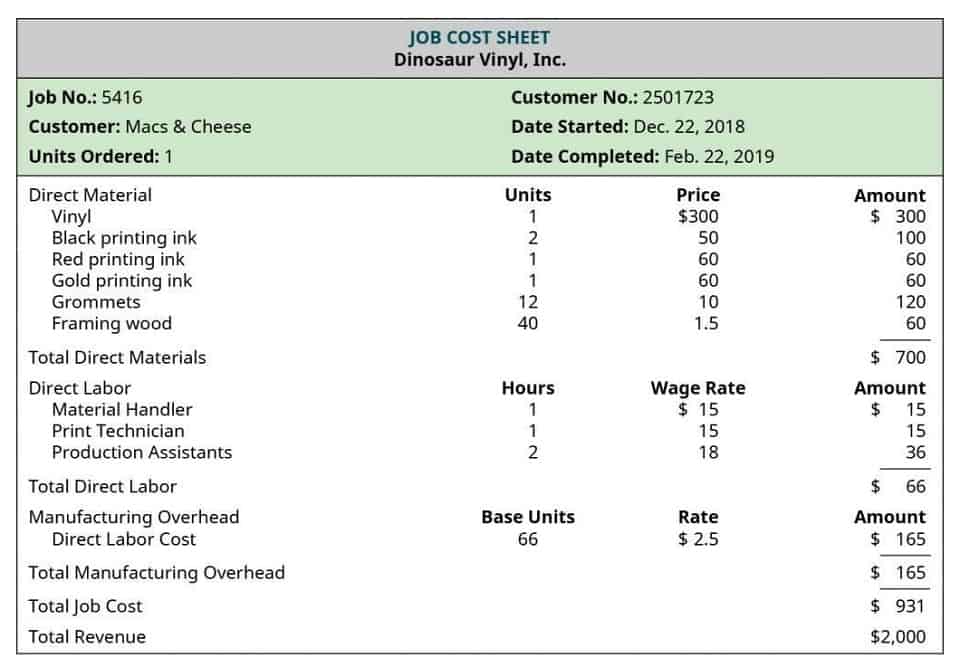
This second example of weighted average shares outstanding calculation considers the cases when shares are issued and stock dividends are given during the year. Calculating the weighted average common shares outstanding ensures the EPS metric accurately reflects financial performance. The weighted average shares outstanding, or the weighted average of outstanding shares, takes into consideration any changes in the number of outstanding shares over a specific reporting calculate weighted average shares outstanding period. In effect, it weights any change in the number of shares outstanding according to the length of time that change was in effect. The weighted average shares outstanding represents the number of common shares outstanding, after adjusting for the share count changes that occurred throughout a given period. Equity incentives, typically in the form of stock options, are a powerful tool for aligning the interests of employees with those of shareholders.
- An inflated EPS, resulting from an inaccurate share count, can lead to overvaluation, while an understated EPS might cause undervaluation.
- Below is the Weighted Average Shares calculation example when shares are issued and repurchased during the year.
- From the perspective of company management, stock options can serve as a powerful incentive tool.
- Finally, outstanding shares are different than authorized shares, or the number of shares that a corporation is legally allowed to issue.
- Each period during which the share count remains constant is assigned a weight based on its proportion of the total year.
- Learn how to calculate weighted average shares for accurate financial reporting and understand its impact on EPS and adjustments for splits and dividends.
- Weighted average outstanding shares are an important factor during the calculation of earnings per share for the Company.
5.5 Treasury stock method

For instance, a stock split increases the number of shares while proportionally reducing the share price, leaving the company’s market capitalization unchanged. In such cases, the share count before the split must be adjusted to reflect the new quantity. When a company calculates its earnings over a certain period of time, it divides its profits by the number of outstanding shares.

Pocket Calculator
- Potential equity shares are diluted if their conversion into equity shares reduces the earning per share and if it increases, then they are considered as anti-dilutive.
- Each affects the share count differently but must be accurately reflected in financial analysis.
- These shares are held in the corporation’s “treasury” rather than in circulation and are therefore excluded from the number of outstanding shares.
- This is a critical factor for investors to consider, as it can dilute earnings per share (EPS) and affect the company’s valuation.
- When calculating weighted average shares, it’s imperative to account for stock splits and dividends, as these corporate actions can significantly alter the share count and, consequently, the EPS.
- I hope that you will join us in this discussion of the past, present and future of EdTech and lend your own insight to the issues that are discussed.
- This calculation becomes even more complex when options are granted, exercised, or expire during the period, as each event requires a time-weighted adjustment to the share count.
A company’s market capitalization is the current market value of all of its outstanding shares. Using the SUMPRODUCT function, we’ll calculate the weighted average shares outstanding over fiscal year 2021, which comes out to 448,265. Once you know how to calculate the outstanding shares, you can use Accounting for Technology Companies this number to calculate a number of valuation metrics, or measures of a company’s performance and future earnings potential. As we’ve already seen, the number of a company’s outstanding shares can vary over time, sometimes fluctuating a great deal.
5.8 Computation of diluted EPS with participating securities
- Let us understand the advantages of diluted shares outstanding through the discussion below.
- If the company reports earnings of $200,000, using the original 100,000 shares would result in an EPS of $2, while using the new total of 200,000 shares would result in an EPS of $1.
- We now have the necessary inputs to calculate the basic EPS, so we’ll divide the net earnings for common equity by the weighted average shares outstanding.
- Colgate’s ordinary shares were 930.8, and the effect of dilution due to stock options and restricted stock units is 9.1 million.
Most public companies use stock-based compensation as a way of incentivizing and rewarding their employees. By granting stock to employees, the companies are increasing the number of shares outstanding, which causes dilution and needs to be factored into the financial analysis. In above example, notice that Maria Company CARES Act has adjusted all shares that exist prior to stock dividend (i.e., from January 1 to June 1). The purpose of this adjustment is to state these shares on the same basis as shares issued after the date of stock divided. The shares issued after stock dividend have not been restated because these shares have been issued on new basis and require no adjustment.
Stock Options Exercise and Its Effect on Weighted Average

However, the value of each individual share is inversely related to the number of shares outstanding. This relationship makes understanding the dynamics of shares outstanding crucial for investors and industry analysts. Among these, understanding the concept of Weighted Average Shares Outstanding (WASO) stands out due to its critical role in evaluating a company’s financial health and performance.

Leave a Comment